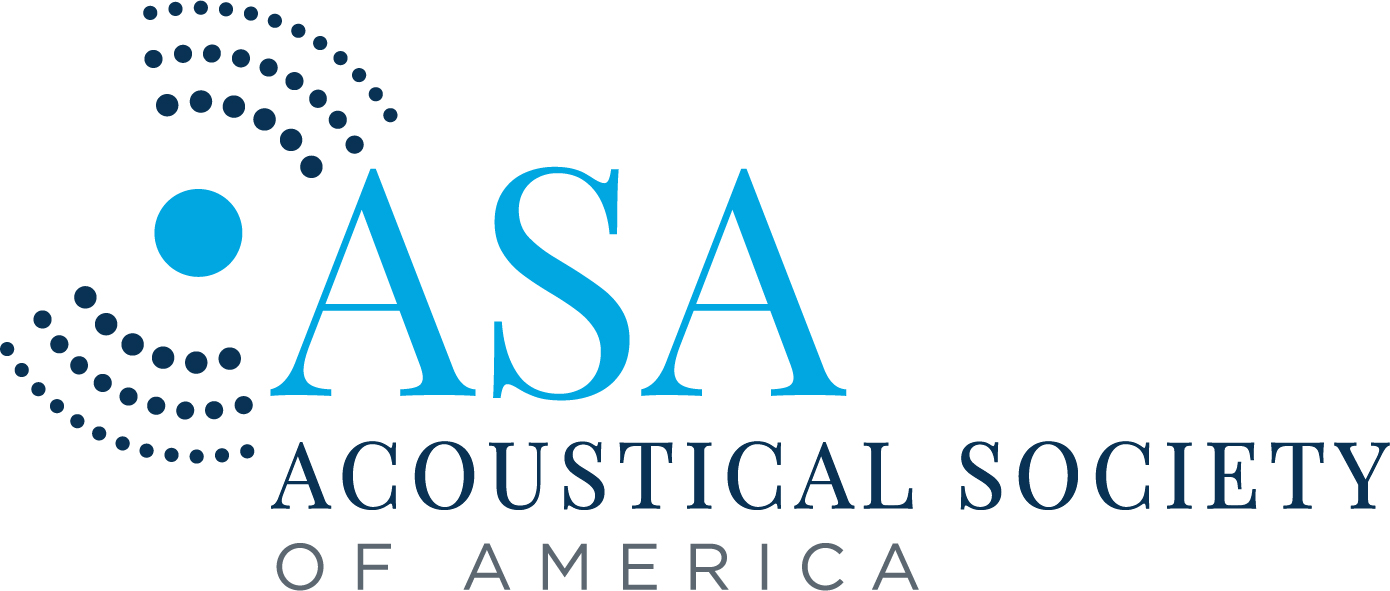Turning Hearing Aids into Noise-Canceling Devices
Turning Hearing Aids into Noise-Canceling Devices
Assistive listening devices can filter out noise from loudspeakers, improving clarity
Larry Frum
AIP Media
301-209-3090
media@aip.org
DENVER, May 25, 2022 – People with hearing aids and other assistive listening devices often struggle at crowded events, because the various sources of sound make it difficult to make out any one of them clearly.
During the 182nd Meeting of the Acoustical Society of America, Ryan M. Corey, from the University of Illinois at Urbana-Champaign, will discuss his technique to improve hearing aid performance by actively canceling out unwanted sounds from speaker systems. His presentation, “Turn the music down! Repurposing assistive listening broadcast systems to remove nuisance sounds,” will take place May 25 at 1:45 p.m. Eastern U.S. at the Sheraton Denver Downtown Hotel.
For someone using an assistive listening device in a crowded place, it might make little difference whether the device is on or off. Nearby conversation directed at the user might be drowned out by distant conversation between other people, ambient noise from the environment, or music or speech piped through a loudspeaker system.
Corey and his colleagues worked to eliminate at least one source of noise, the one emanating from loudspeakers or other broadcast systems. By pairing the hearing aid with the broadcast system, the researchers can cancel out whatever is being broadcast and leaving the user free to enjoy nearby conversation.
“This project is a form of selective noise cancellation,” said Corey. “Noise-canceling headphones, like the kind that are popular for airplanes, are designed to cancel out everything. In this system, we only want to cancel a specific sound, like the music playing over the speakers, but let other sounds through.”
This approach is designed to be versatile and seamless. It should work for any venue, indoor or outdoor, where a loudspeaker or broadcast system is present. and should remove only the broadcast noise while preserving other nearby sounds just as the listener would normally hear them.
In the future, Corey hopes to combine this technology with arrays of microphones to give wearers of assistive listening devices even more control over which sounds they can listen to.
“My research is devoted to making hearing technology work better in noisy environments, usually by adding more microphones that can pick up sound from far away,” said Corey. “Most of my research focuses on those technologies, and they could be combined with this system to both remove noise and enhance specific talkers.”
———————– MORE MEETING INFORMATION ———————–
USEFUL LINKS
Main meeting website: https://acousticalsociety.org/asa-meetings/
Technical program: https://eventpilotadmin.com/web/planner.php?id=ASASPRING22
Press Room: https://acoustics.org/world-wide-press-room/
WORLDWIDE PRESS ROOM
In the coming weeks, ASA’s Worldwide Press Room will be updated with additional tips on dozens of newsworthy stories and with lay language papers, which are 300 to 500 word summaries of presentations written by scientists for a general audience and accompanied by photos, audio and video. You can visit the site during the meeting at https://acoustics.org/world-wide-press-room/.
PRESS REGISTRATION
We will grant free registration to credentialed journalists and professional freelance journalists. If you are a reporter and would like to attend, contact AIP Media Services at media@aip.org. For urgent requests, staff at media@aip.org can also help with setting up interviews and obtaining images, sound clips, or background information.
ABOUT THE ACOUSTICAL SOCIETY OF AMERICA
The Acoustical Society of America (ASA) is the premier international scientific society in acoustics devoted to the science and technology of sound. Its 7,000 members worldwide represent a broad spectrum of the study of acoustics. ASA publications include The Journal of the Acoustical Society of America (the world’s leading journal on acoustics), JASA Express Letters, Proceedings of Meetings on Acoustics, Acoustics Today magazine, books, and standards on acoustics. The society also holds two major scientific meetings each year. See https://acousticalsociety.org/.
